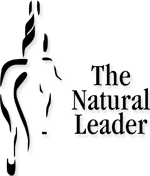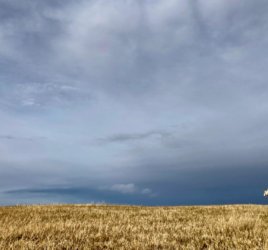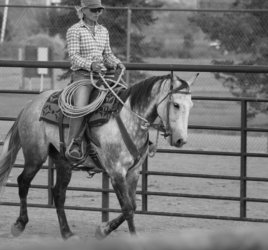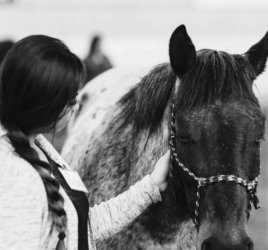Building on What Works
I love the opportunity to hone my horsemanship skills by riding with folks who are better than I. End of June, I travelled down to Bozeman, Montana to ride with Buck Brannaman. This year everything took on new meaning as I was able to see some of last years forgotten explanations from a different perspective. As the horse master Tom Dorrance said “the first thing you need is the last thing you’ll learn.”
For years riding instructors stood in the middle of the arena and yelled out what not to do as you walked, trotted and cantered around the arena. Fortunately few of those experiences stuck as I was no doubt more concerned with saving my life than listening to the person barking instructions. I learn best by a combination of inputs and now understand why those university lectures went in one ear and out the other, just listening isn’t my forte.
The mentors I now choose best reflect my learning style, teachers who are on their horses explaining what they are going to do and why, showing me how they do it and then letting me do it. Horsemanship, like leadership is about the why, it is about feel. It is about knowledge through experience, timing and recognising what shows up.
This years clinic included a number of competitive tasks which may sound contrary to what you believe the concepts of what natural horsemanship are. What became clearer to me this year is horsemanship is about being fair but effective through simple, consistent and clear communication. LIke all aspects of leadership It is about understanding why, being focused on the outcome and being ready to support no matter what shows up.
Competition magnifies the expectations we place on ourselves. It was interesting to watch where the desire to win got in the way of success. When my focus was on the time, Maddison became increasingly resistant. Reflecting on the successful outcome of some of the complex elements, I realise I was more concerned with Maddison than winning and we worked better together.
We have used competitive elements in our programs and it is so easy to observe where task versus relationship tips the scale. Those of you who have participated know the hands-on learning with horses is a far cry from a powerpoint presentation with simulations. The programs are about executing a series of relatively simple tasks through explanation, demonstration and then experience. The links you personally make from the horses to work, home or life in general through the facilitated discussions or reflection moments you share with us, is where the real learning happens.
We try and set up our sessions so we are able to reach you no matter your learning style. We recognised early on in our program development that the workplace doesn’t need a whole new set of leadership practices. What people in the workplace are ready for is another way to view relevant and common ideas and principles that need to become habits in our bodies instead of just our heads.



